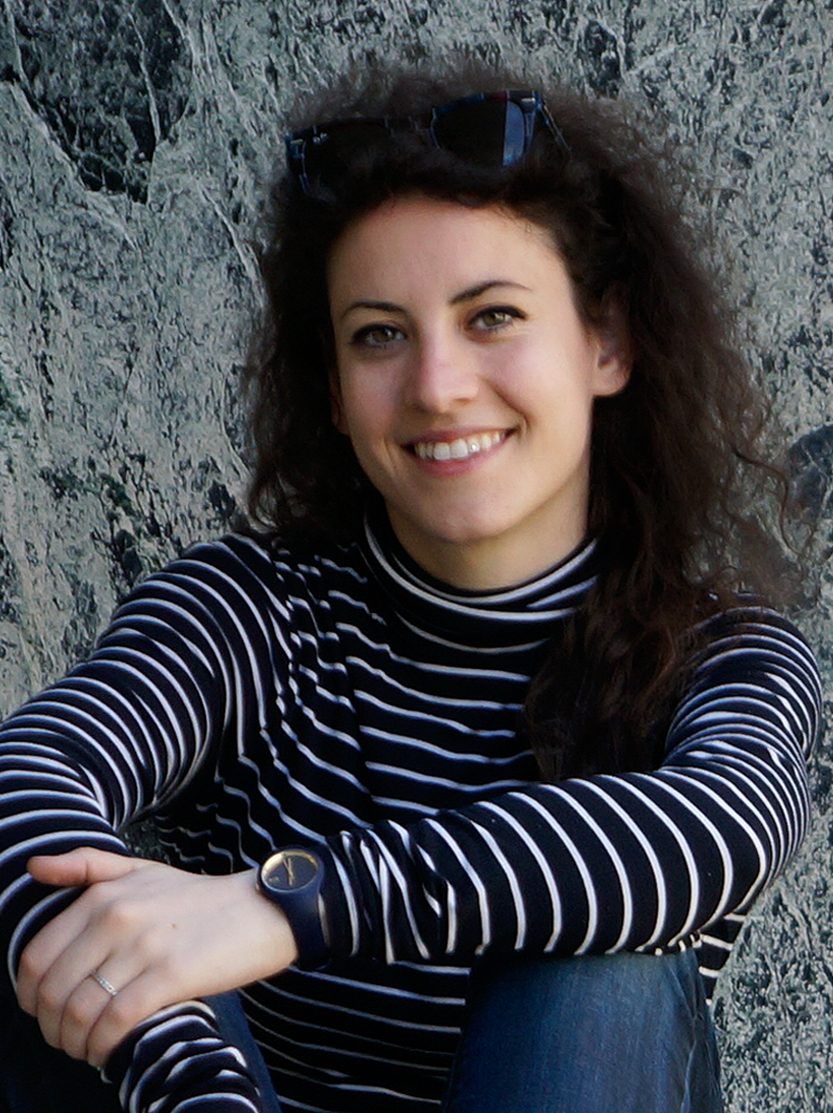Sara Codarin

XXXII Cycle - (A.A. 2016-2017)
IDAUP
Home Institution: University of Ferrara
Scholarship
Curriculum: Architecture (ICAR12)
Research Topic: Robotic Additive Manufacturing
Tutor DA-UNIFE: Roberto Di Giulio
Tutor Polis University: Ledian Bregasi
Nationality: Italian
Email: sara.codarin@unife.it
Profile
Biography
Sara Codarin is a techno-optimist and she loves robots. She completed her Ph.D. at the Department of Architecture of the University of Ferrara in Italy where her doctoral research investigated robotic manufacturing for the conservation of Cultural Heritage. She looked at innovative methods to update design workflows with a technology-driven approach. She spent an academic year as a visiting scholar at the College of Architecture and Design of Lawrence Technological University to develop an experimental application of her research. Her experiments simulated on-site robo-fabrication processes to produce customized units for the recovery of damaged buildings. Her work is tied to broader economic, technological, and social changes that will affect the building culture in the next future.
Research skills
Robotics | Additive Manufacturing | 3D Printing | Digital Workflows | Building Construction
Scientific activities
ORCID ID:
0000-0003-2310-821X
IRIS UNIFE ID:
rp00616
Doctoral research
Innovative construction systems within building processes. An approach to large-scale additive layer manufacturing for the conservation of Cultural Heritage
The inevitability of the Fourth Industrial Revolution highlights the current lack of innovation within the building process, where the construction site continues to refer to methods firmly rooted in building traditions and narrow technological choices. While the construction industry must manage risks based on economics, labor, and safety, emerging technologies highlight the need to identify new methodologies to enhance construction roles. According to a digital data-driven strategy, interventions can respond to the growing demand for higher quality with predictable times in a complex environment. In the current age of automation, it is possible to imagine connecting design and manufacturing in a single workflow to bring smart tools from industrial manufacturing such as robots to the building site for the conservation of Cultural Heritage. Therefore, creating a workflow is intended not as a standardization of the design outcomes but as an updating of the technical phases, combining the technological with the cultural instances. Given the trajectory of digital transformation as an emerging ecosystem, a new conception of the master-builder might represent a balanced point between the advancing technological level in architectural construction methods and the artisanal approach that characterizes Cultural Heritage interventions. The new master-builder constitutes a synthetic figure between the various actors operating in the complex building process. The new master-builder can also be the promoter of the project culture and the supervisor of all the design - construction - management activities in the digital continuum. Decades of positive industry outcomes and recent research advancements in CAD/CAM, focusing on additive manufacturing, allow for the evaluation of successful experiments on the production of customized technological units and informed digital architectures.
Keywords
Robotics | Additive Manufacturing | Digital Workflows | Cultural Heritage | Fourth Industrial Revolution

